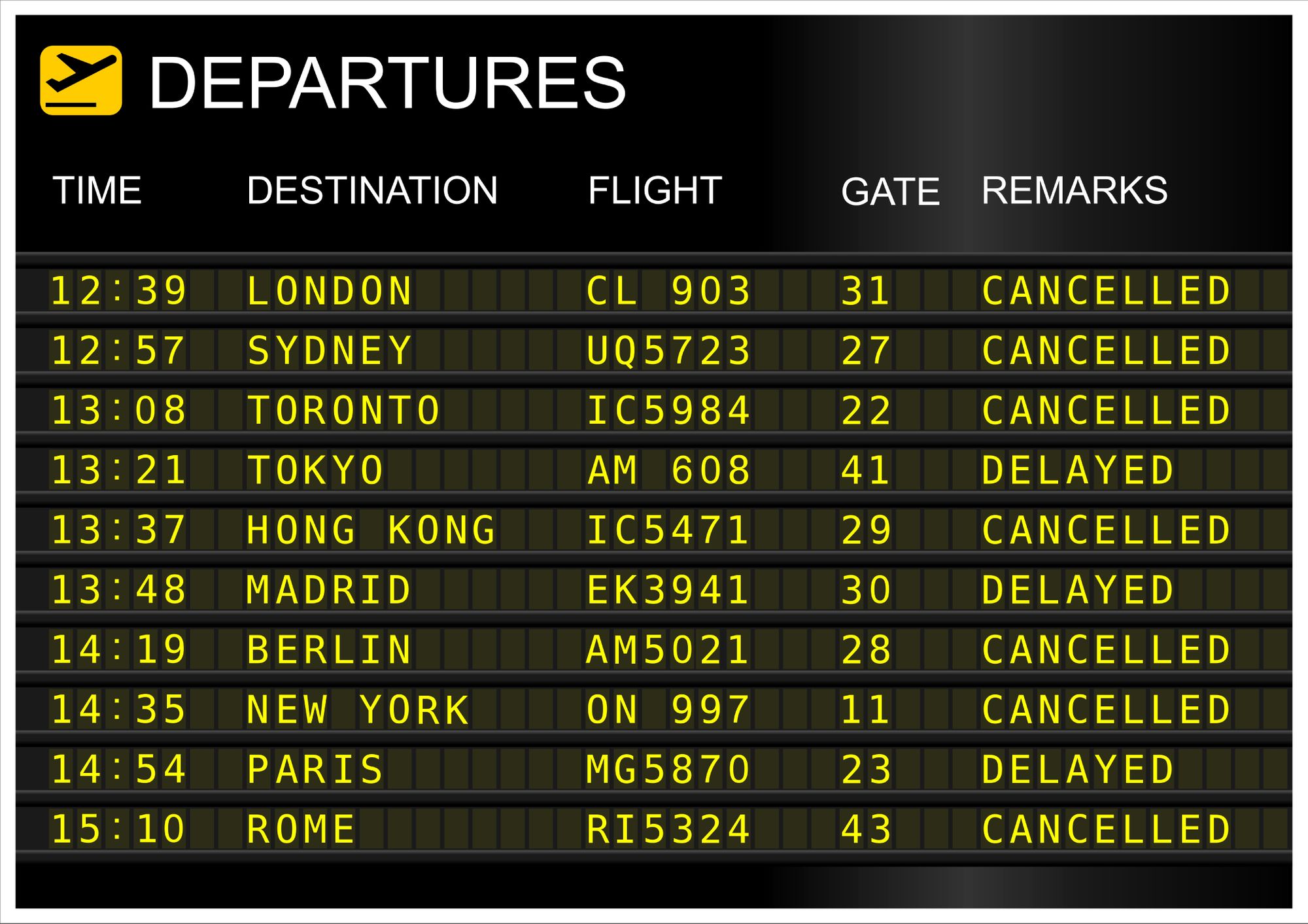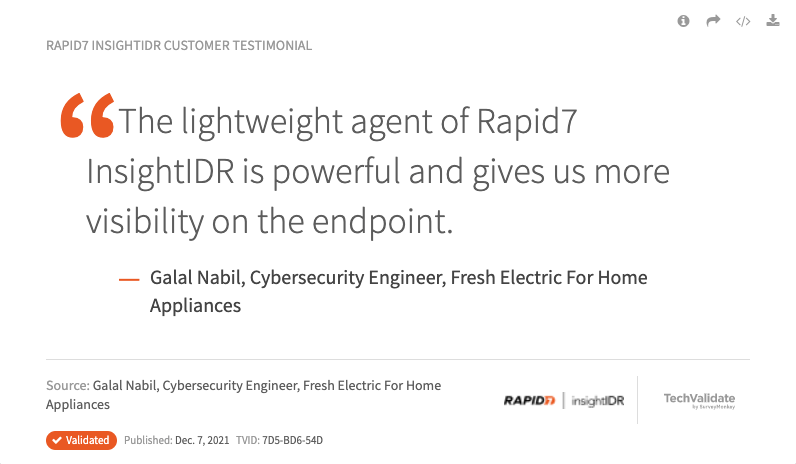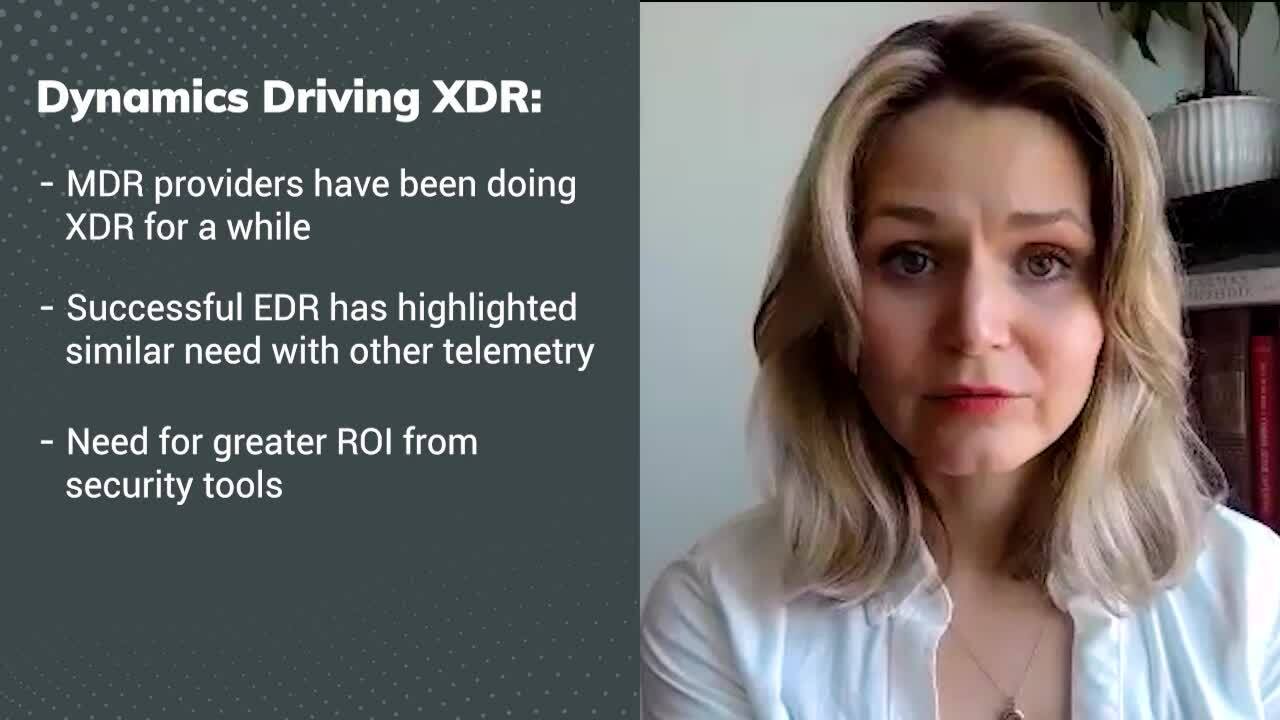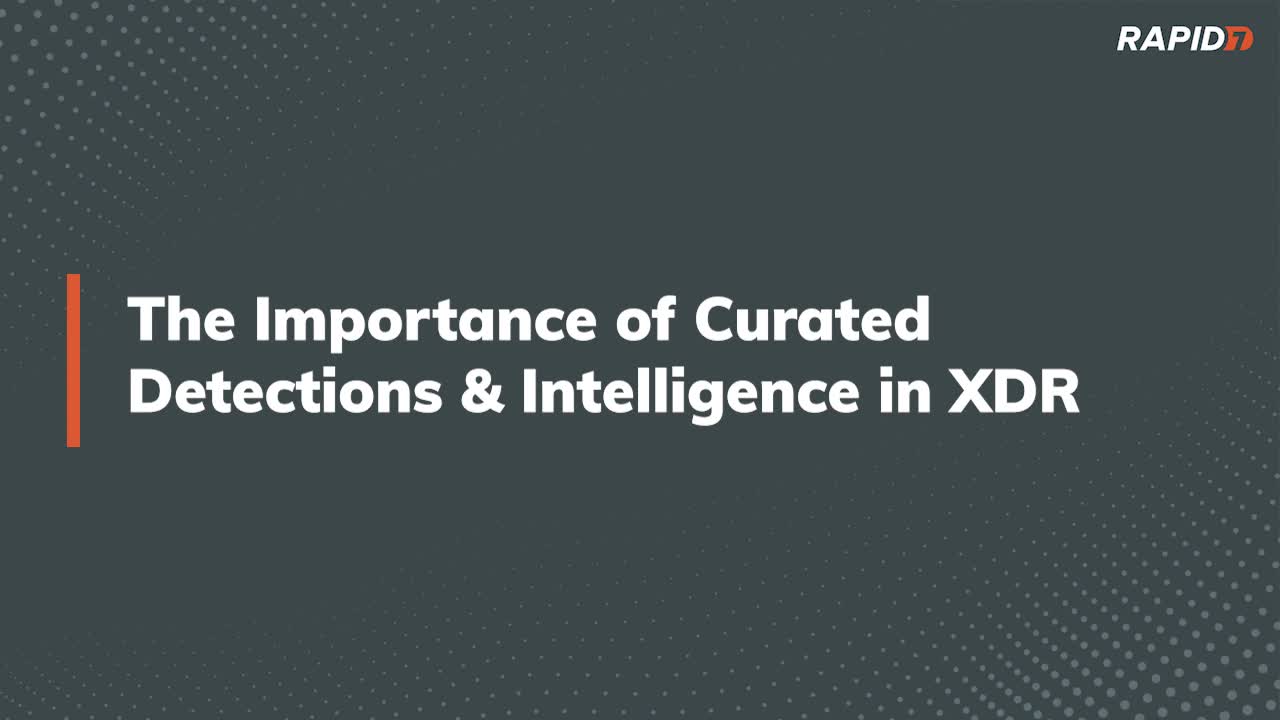Post Syndicated from Meaghan Buchanan original https://blog.rapid7.com/2023/09/20/rapid7-delivers-visibility-across-all-19-steps-of-attack-in-2023-mitre-engenuity/

Over seven years ago, we set out to change the way that SOCs approach threat detection and response. With the introduction of InsightIDR, we wanted to address the false positives and snowballing complexity that was burning out analysts, deteriorating security posture, and inhibiting necessary scale. We wanted to deliver a more intuitive and pragmatic approach, providing the most comprehensive coverage, with the strongest signal-to-noise. Today, as the robust XDR platform at the core of our leading MDR offering, InsightIDR has evolved to stay in front of emergent threats and expanding attack surfaces, while maintaining our commitment to eliminating the complexity and noise that distract and stall successful security teams.
Now we are proud to share our participation and results from the most recent MITRE Engenuity ATT&CK Evaluation: Enterprise, which highlights our ability to recognize advanced persistent threats early and across the kill chain, while maintaining disciplined signal-to-noise ratio to drive successful, real-world threat detection and response. You can find the detailed results and information about this evaluation on the MITRE Engenuity ATT&CK Evaluation: Enterprise website.
What You Need to Know
There is a lot of information to parse through in these results, so here we’ve broken down the key takeaways when it comes to this evaluation.
What is MITRE Engenuity ATT&CK Evaluations?
First, a quick primer: The MITRE ATT&CK framework is a catalog and reference point for cyberattack tactics, techniques, and procedures (TTPs). The framework provides security and risk teams with a common vernacular and guide to visualize detection coverage and map out plans to strengthen defenses. MITRE Engenuity’s ATT&CK Evaluations are a vehicle for the community to understand how technologies can help defend against known adversary behaviors. In this most recent Enterprise evaluation, the focus was on emulating Turla – a sophisticated Russia-based threat group known for their targeted intrusions and innovative stealth.
Rapid7 Delivers Complete Kill Chain Coverage
InsightIDR was able to capture relevant telemetry and detections across all 19 phases of this attack, demonstrating the ability to catch the earliest threat indicators and consistently identifying evasive behaviors as the attack progressed. This year’s attack was particularly complex, evaluating a diverse range of detections and leveraging multiple forms of endpoint telemetry. While not all techniques leave remnants for incident responders to analyze, the majority leave traces – if you have the right tools to help you look for them.
To address the need for deeper visibility to identify these traces of stealthy attacker behavior – like those emulated in this evaluation – Rapid7 has leveraged Velociraptor. In addition to providing one of the premier DFIR tools to support this kind of analysis, Velociraptor also enables real-time detection that sends alerts directly into the existing InsightIDR investigation experience so analysts do not need to pivot. This is one of the emerging capabilities of Velociraptor that the vibrant open source community continues to help strengthen day in and day out. The version of Velociraptor used in this evaluation is embedded into our existing Insight Agent and is hosted by Rapid7, which benefits from all of the open source generated artifacts and crowdsourced insights of the rapidly developed community feature set.
Strongest Signal-to-Noise for Real World Efficiency
Most importantly, we approached the evaluation with the intention of showing exactly what the experience would be for an InsightIDR customer today; no messing with our Insight Agent configurations or creating new, unrealistic exceptions just for this evaluation. What you see is what you get. And consistently, when we talk to customers, they aren’t looking for technology that fires alerts on every nuanced technique or procedure. They want to know that when something bad happens they’ll be able to pinpoint the threat as early as possible, quickly understand the scope of the attack, and know what to do about it. That’s our focus, and we are thrilled to showcase it with this evaluation.
Looking Ahead: Layered Defenses to Supercharge our Agent for Future-Ready SecOps
While IT environments continue to grow in diversity and surface area, endpoint fleets remain a critical security focus as they become increasingly distributed and remain rich sources of data and proprietary information. Endpoint detections, like those showcased in this evaluation, are one important piece of the puzzle, but successful security programs must encompass layered endpoint defenses – alongside broader ecosystem coverage.
We continue to invest to provide these layered defenses with our single, lightweight Insight Agent. From expanded pre-execution prevention and proactive risk mitigation, to high-efficacy detection of known and unknown threats, to detailed investigations, forensics, response, and automated playbooks, customers trust our Insight Agent as the nucleus of their complete endpoint security. With layered defenses across cloud, network, applications, and users, we’re also ready when attacks inevitably extend beyond the endpoint.
We are grateful once again to MITRE Engenuity for the opportunity to participate in their evaluation and for their shared commitment to open intelligence sharing and transparency. If you’re looking for a transparent partner to help you kick the complexity out of your SOC and proactively stop threats across the attack surface, we would love the opportunity to help you. Learn more about how we are driving real-world security success for customers like you.
The views and opinions expressed here are those of Rapid7 and do not necessarily reflect the views or positions of any entities they represent.
































